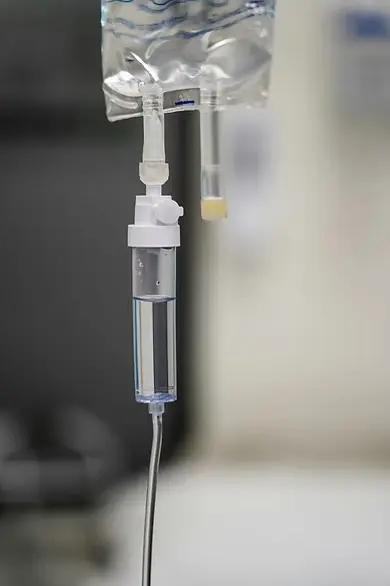How a Nursing Breach of Duty is Determined After In-Hospital Falls
- Apex Experts

- Jul 8
- 2 min read
Updated: Jul 9
A Fall, a Dose of Morphine, and a Nursing Breach of Duty Allegation: A Case in Review
Can a hospital fall really be the result of nursing negligence, or is it an unfortunate consequence of clinical decision-making under pressure?
In this case, an adult patient admitted to hospital with acute abdominal pain suffered a fractured leg after walking independently to use the ward telephone. She had been administered morphine earlier that day. The legal question: did this represent a nursing breach of duty, or was her mobilisation reasonable under the circumstances?
A senior nurse expert from Apex Experts was instructed to provide a formal opinion under Scottish civil law principles, referencing the Hunter v Hanley test.
Nursing Breach of Duty Allegation: Morphine Timing vs Mobility Advice
At the heart of this claim was a conflict between clinical records and patient recollection. The patient stated she was allowed to walk to the phone just 30 minutes after receiving morphine. However, the drug chart indicated:
Morphine was given at 17:15 (first dose, unclear volume)
Morphine was given again at 21:30, after the fall
The fall occurred around 20:50, per the incident report
Importantly, there was no documentation confirming morphine was administered shortly before the fall.

“If the court accepts as fact that the second morphine dose truly occurred 30 minutes prior to mobilisation, this would constitute a nursing breach of duty. But if the court accepts as fact that the dose was given afterward, then the decision to allow the patient to mobilise was reasonable at the time.”— Apex Nurse Expert
How Risk Assessment and Documentation Affect Liability
The fall risk assessment completed on admission correctly categorised the patient as low risk, but miscalculated the score by adding up to 2 instead of 4. While this arithmetic error didn’t materially change the risk category, it undermined the documentation's accuracy.

The patient had:
Hypotension (BP 97/64)
NBM status (nil by mouth)
Recent vomiting and poor nutrition
None of these triggered an updated falls plan or monitoring protocol, something the NICE Falls Prevention Guidance and RCN Falls Risk Management highlight as essential.
Clinical Negligence or Reasonable Practice? The Court Decides
Our expert applied the Hunter v Hanley (1955) test, the Scottish equivalent of Bolam/Bolitho, noted that reasonable nurses may differ in judgment when no contraindications are documented.
Ultimately, the decision comes down to:
The accepted facts (was Morphine given pre- or post-fall?)
The patient’s baseline mobility and prior response to opioids
Whether the nursing advice given was justifiable at the time
This case underscores how thorough documentation and clear escalation protocols are the difference between defendable and indefensible care.
Need to instruct an expert? Get in contact with us at info@apexexperts.co.uk, give us a call on 0203 633 2213 or visit our contact us page.
